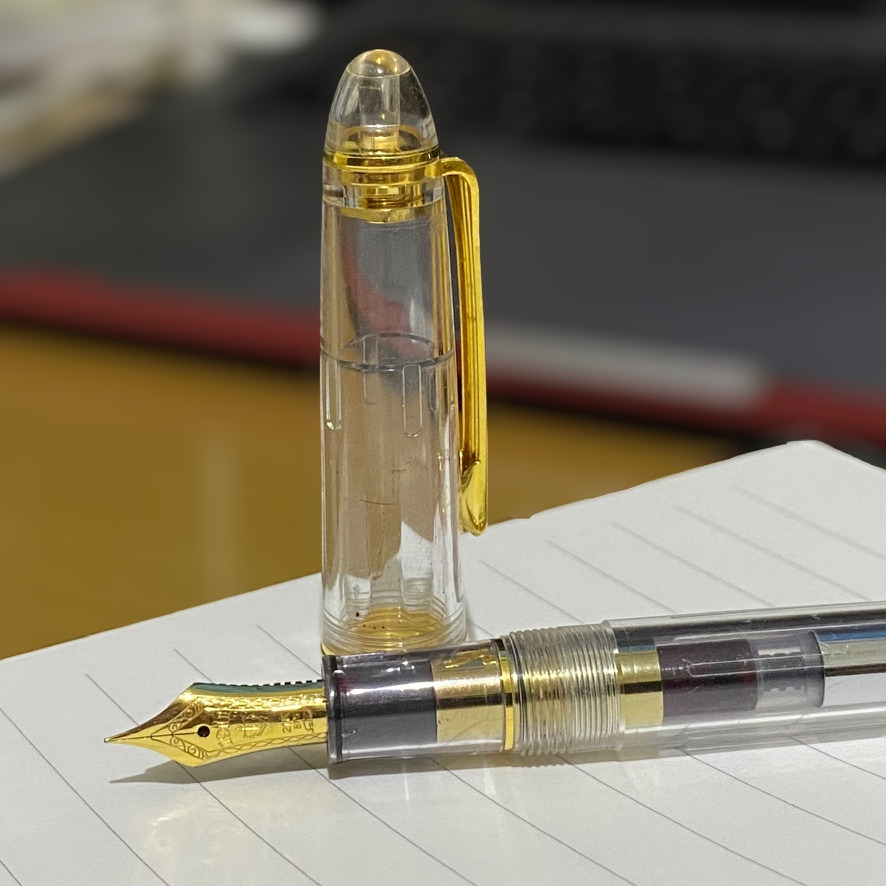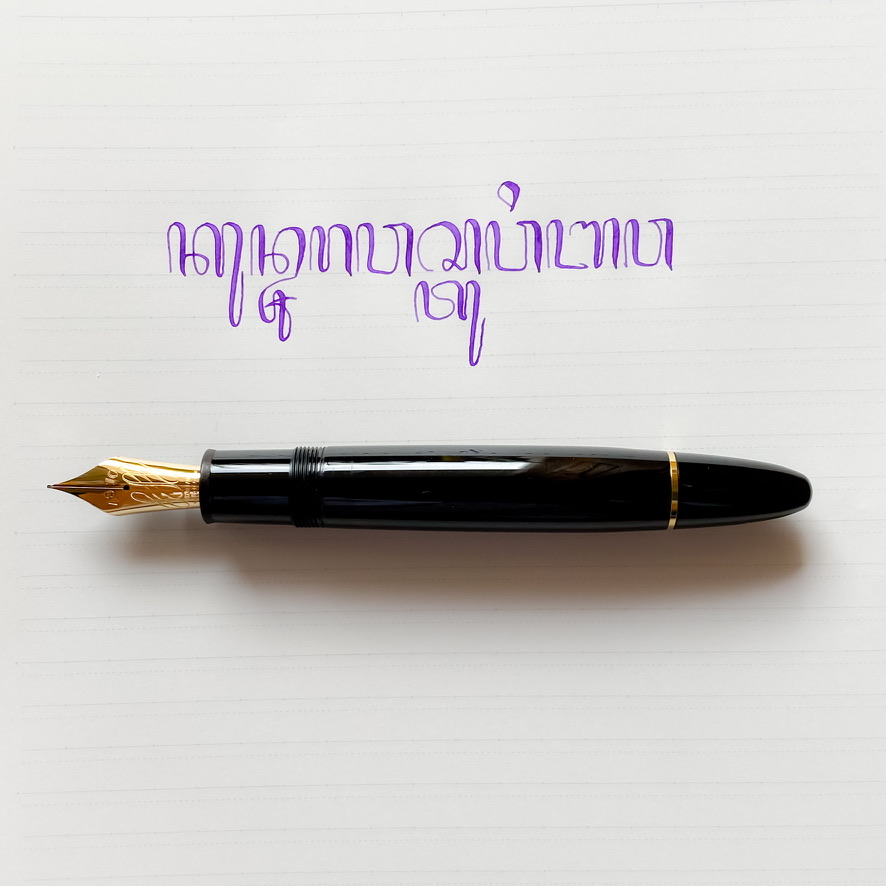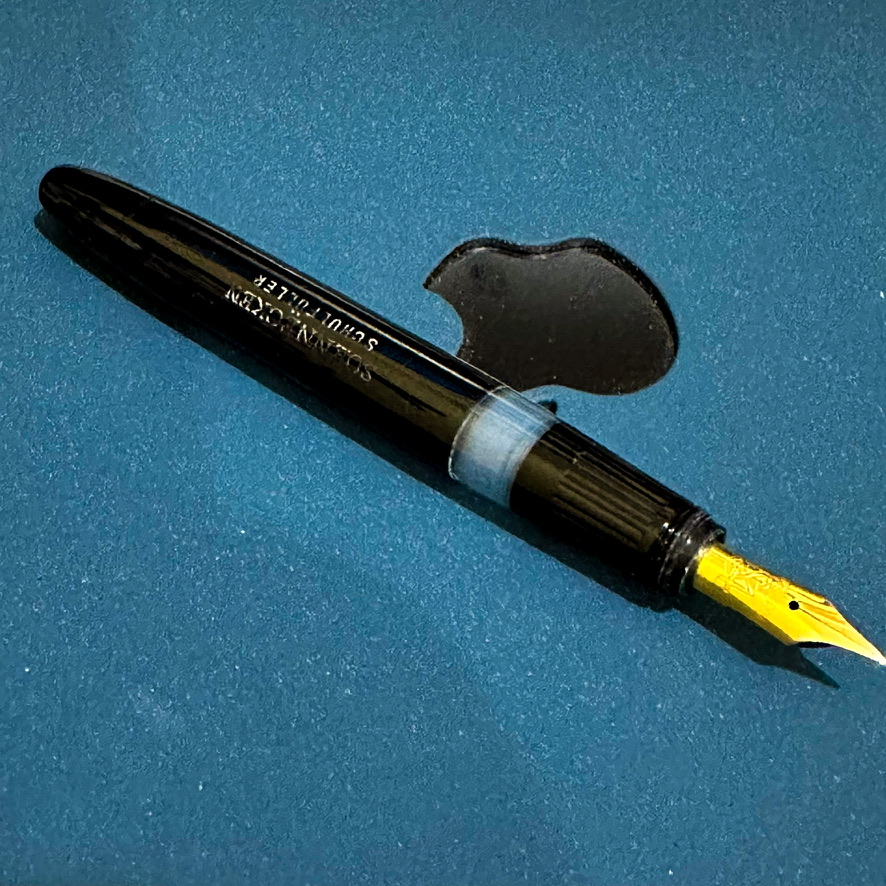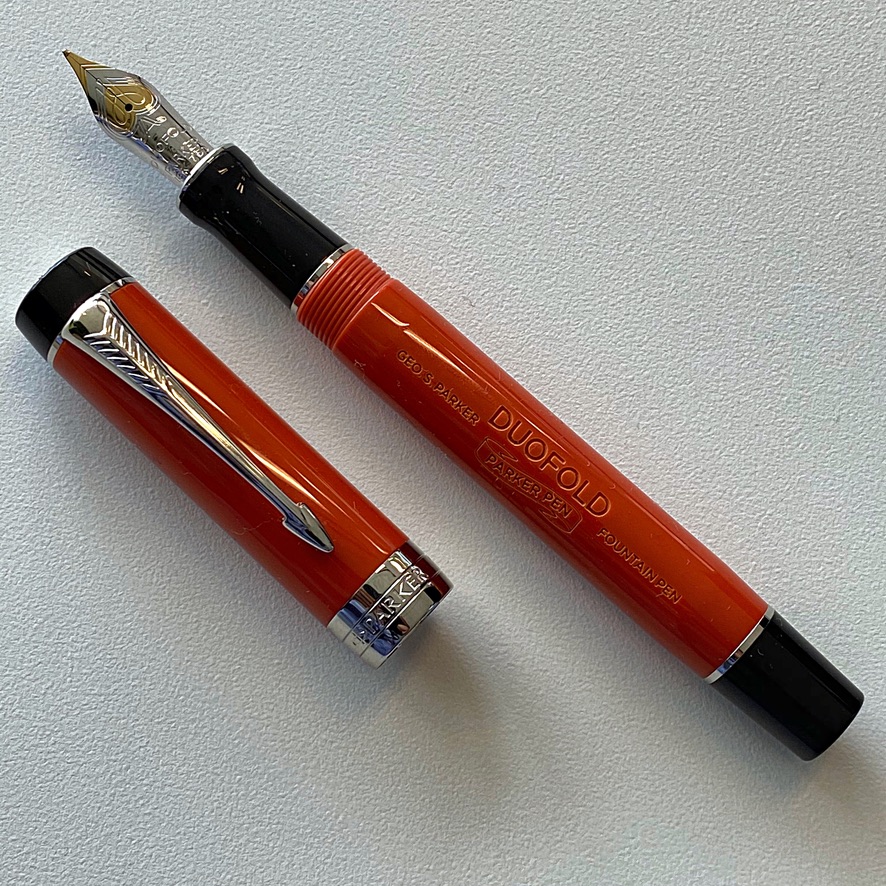Happy Fountain Pen Day! Fountain Pen Day is celebrated on the first Friday of November. But what is so interesting with this classical instrument?
The history of fountain pen must start with the long development of writing instruments, including quill and qalam. But the modern fountain pen we know today was first patented in 1827 by Petrache Poenaru, a Romanian inventor. However, it wasn’t until the 1850s that fountain pens became popular, thanks to the innovations made by Lewis Waterman. Waterman developed a system that used capillary action to control the ink flow, which prevented leaks and made writing smoother and more consistent. He also created a reservoir system that allowed the pen to hold more ink and made refilling easier. These innovations helped fountain pens become more reliable and convenient than earlier models.

The popularity of fountain pens continued to grow throughout the 20th century, as new designs and materials were introduced. In the 1920s, the first ballpoint pen was developed, which threatened to replace fountain pens as the preferred writing instrument. And the digital era have virtually erased the necessity of fountain pens from our society. Today, fountain pens are only used as a symbol of sophistication and elegance. They are often used for signatures, calligraphy, handwriting, and personal expression.

I started using fountain pen when I was an SMP student. I was a quite diligent student and writer, so I wrote too much. Instead of having to buy too many ballpoints, I chose to use my father’s unused Ero fountain pen, and just fill it with ink from a big bottle of Parker’s Quink at my father’s desk. My brother also influenced me to buy an Ero “two in one” pen — a single instrument with a fountain pen nib and a ballpoint. Needless to say, my memory of my SMP time involved continuously colourful hand, spilt by the blue, red, purple ink.
After digital era, I just use fountain pens occasionally. Buying ink was also weird, when almost all communications are established using computers and mobile devices. Just somehow I tend to get interested in using manual or semi-manual technology. And that’s the reason I still use fountain pens, albeit occasionally.

Despite the convenience and ubiquity of digital devices, many people still prefer using fountain pens for a variety of reasons:
- Writing Experience — Many fountain pen enthusiasts appreciate the smooth and effortless writing experience that fountain pens provide. The flow of ink from a fountain pen’s nib can make writing feel more tactile and enjoyable, and can help to reduce hand fatigue during long writing sessions.
- Personalisation — Fountain pens are often highly customisable, with different nib sizes, ink colours, and styles of pen bodies and caps available. This allows users to create a writing instrument that reflects their individual tastes and preferences.
- Sustainability — Fountain pens are often viewed as more sustainable than disposable ballpoint pens, since they can be refilled with ink and used for years or even decades with proper maintenance. This can help to reduce waste and save money in the long run.
- History and Tradition — Fountain pens have a long and storied history, dating back to the 19th century. For many people, using a fountain pen can feel like a connection to that history and to the writers and thinkers who have used fountain pens to create some of the world’s most influential works.

During the Covid-19 pandemic, besides creating and doing important things for the nation (trust me, haha), I also spend more time to maintain, use, and add the collection of my fountain pen. Please visit my fountain pens collection here: https://pen.dance; and let’s dance with my pens.

